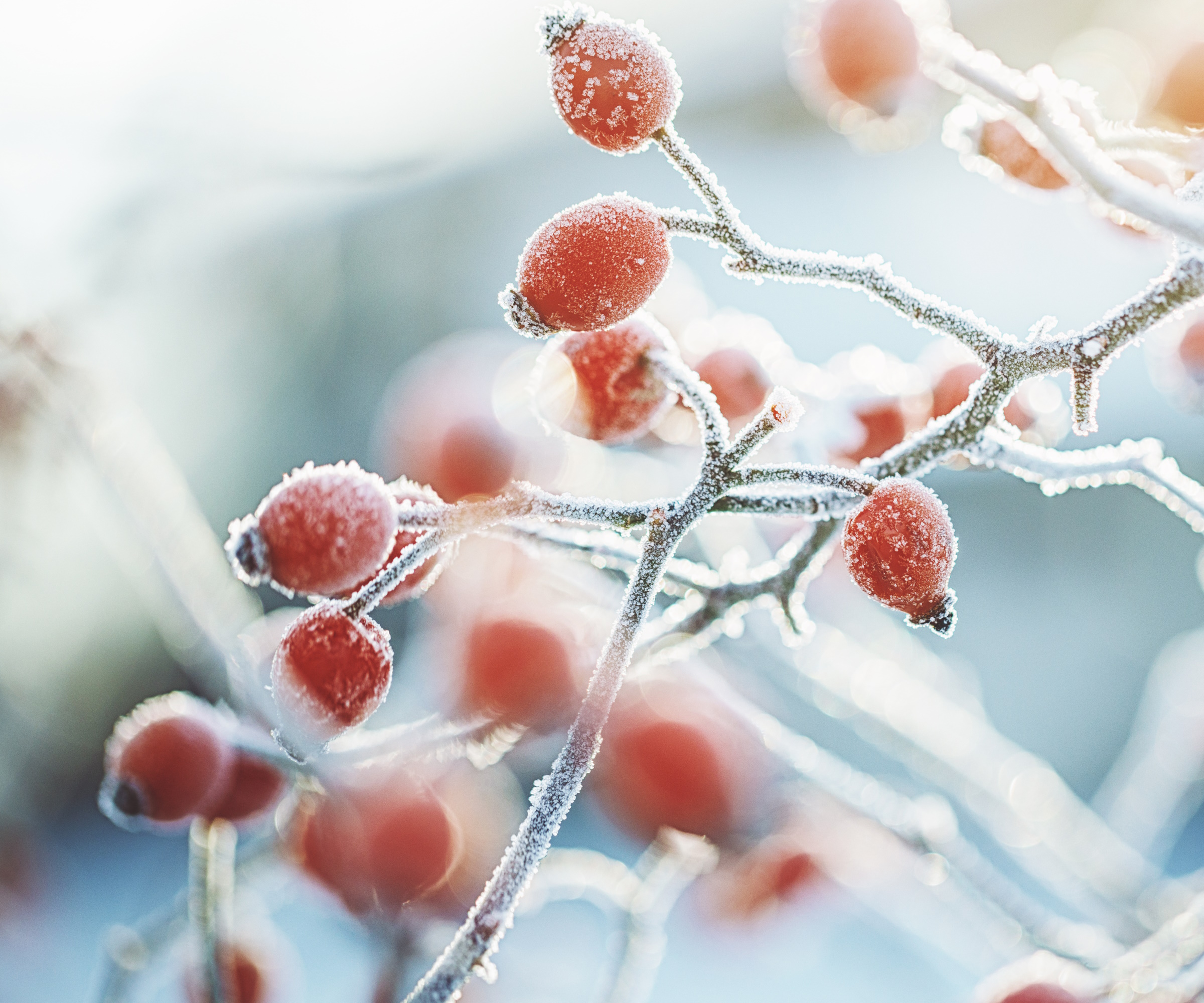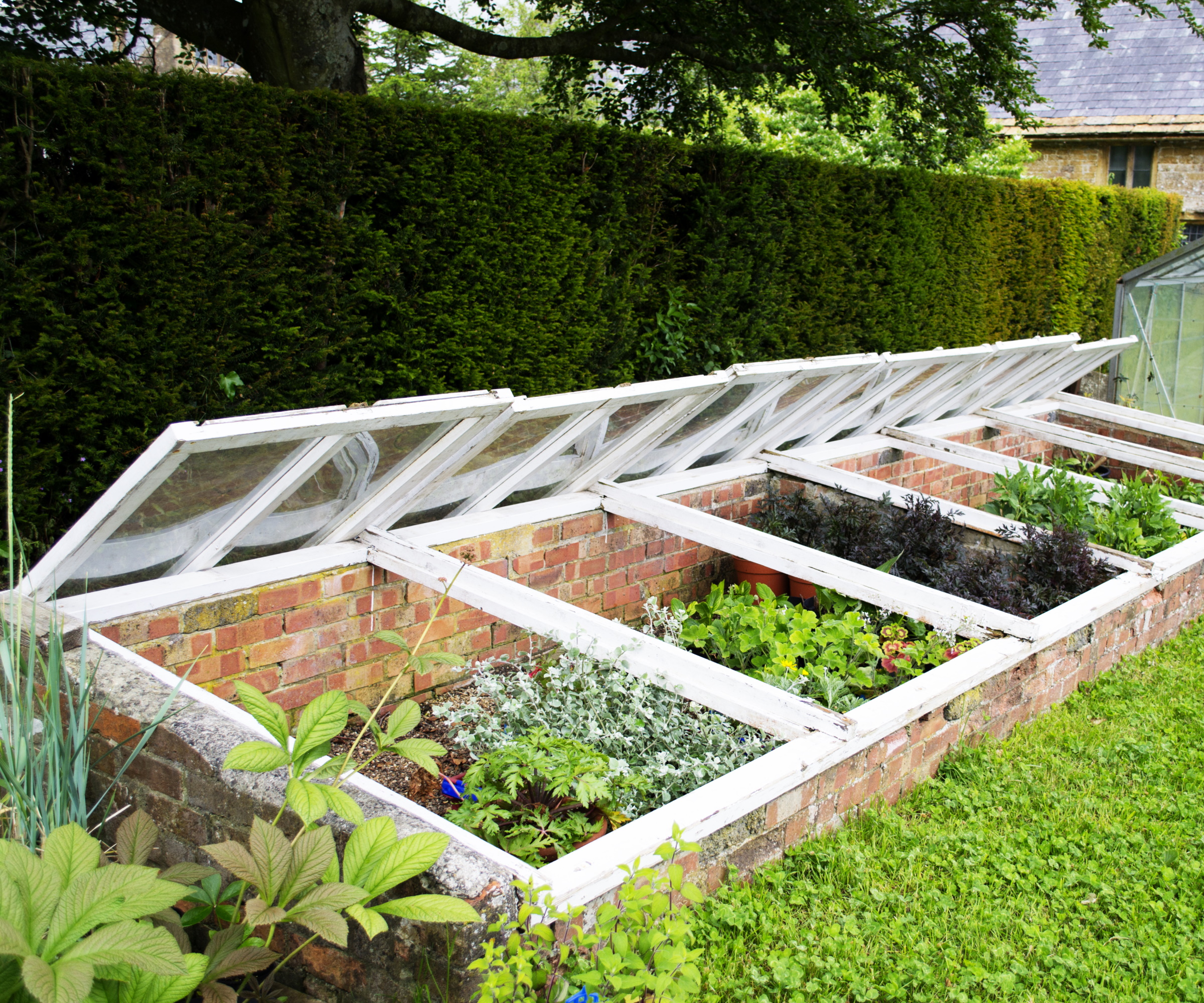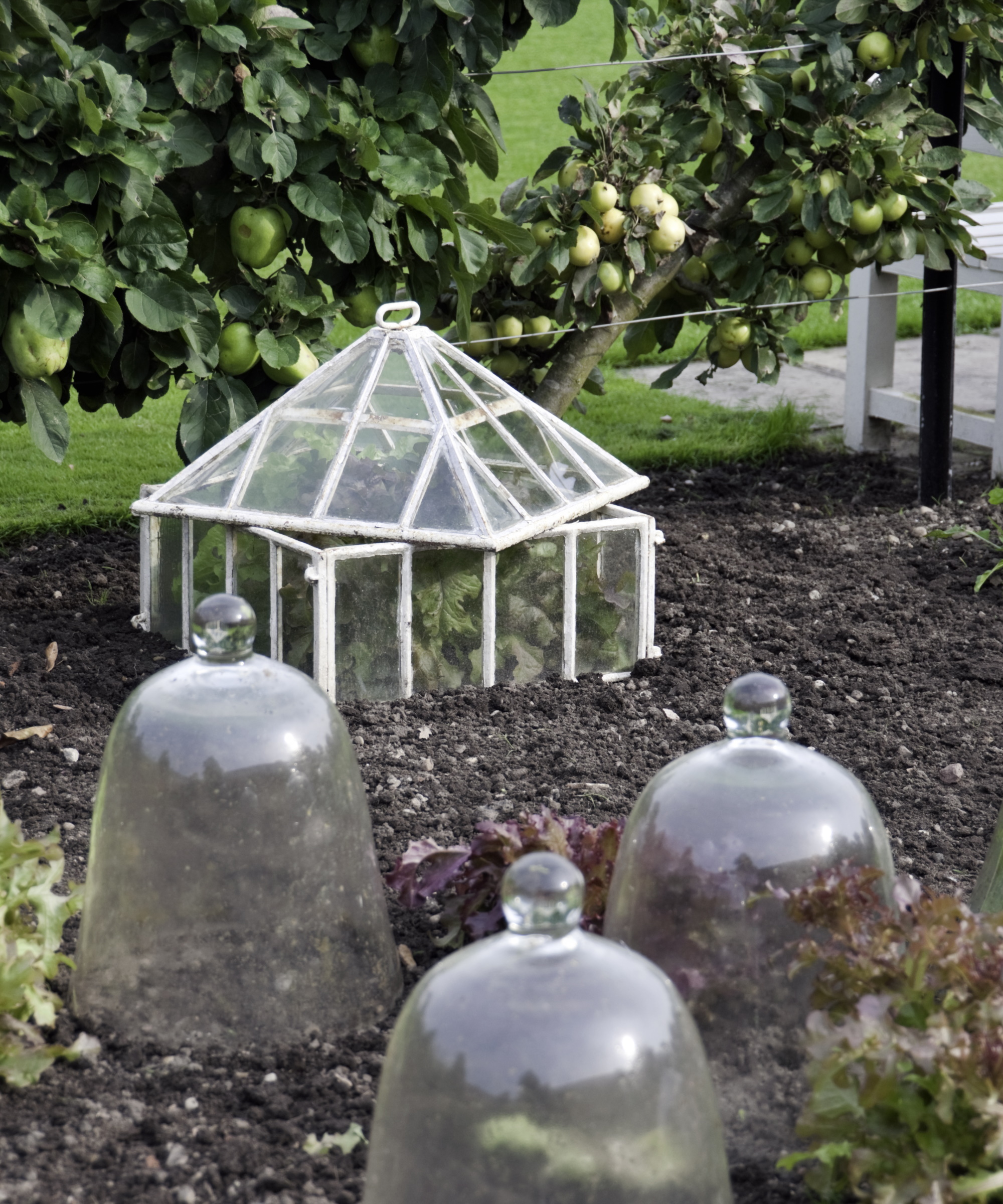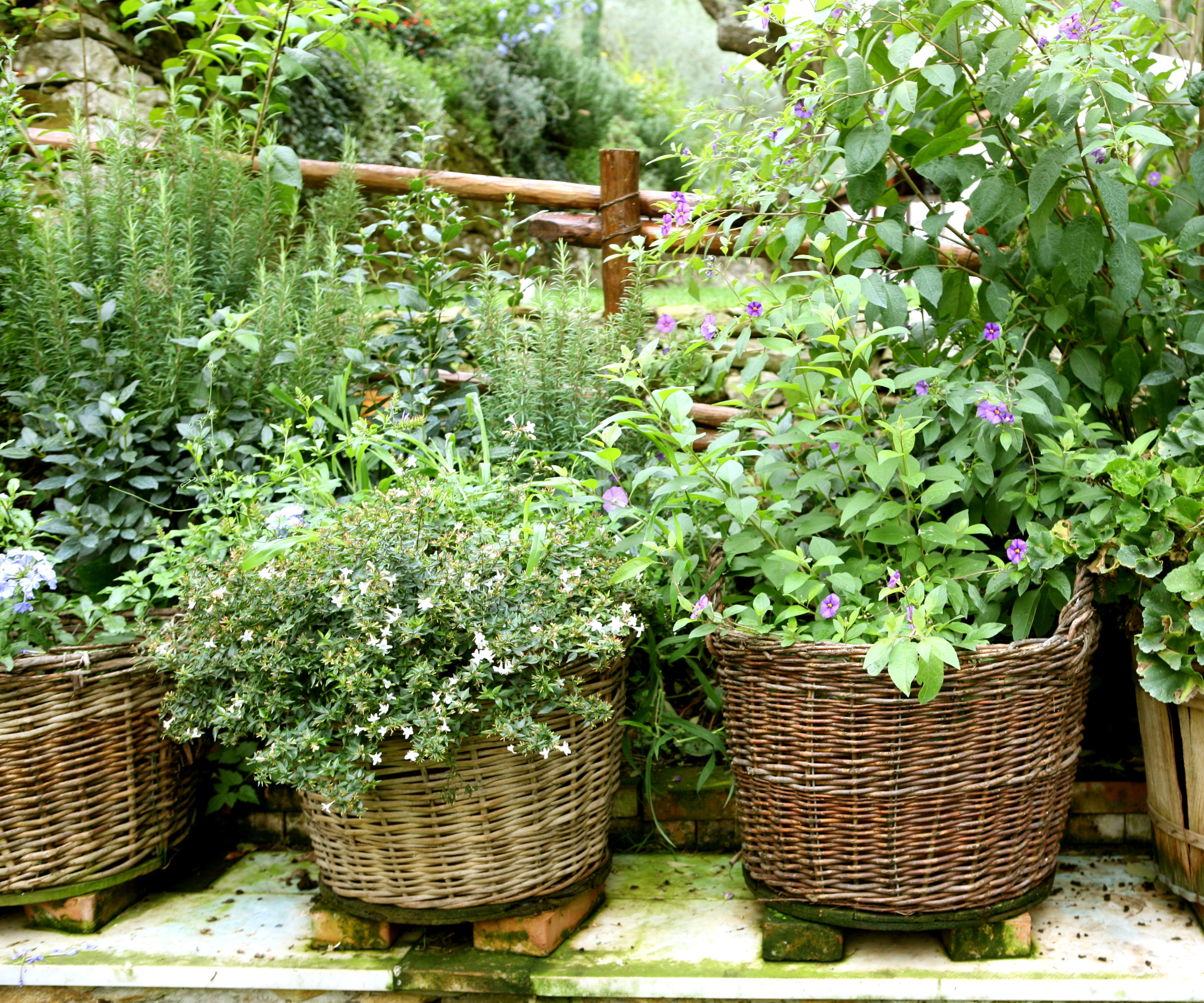
Fall is such an exciting time in the garden, when we can all enjoy the fruits of our labors over the summer and watch as colors begin to change. It's also time to watch out for shifting weather conditions changing the appearance of our backyards and everything growing in them.
From your beautiful trees for fall color to the vegetables you have on your fall gardening checklist to harvest, now is the time to prepare your garden plants for the incoming cooler season. A trusted source of long-range weather predictions in the US and Canada, Farmers' Almanac states in its extended fall forecast for 2024 that America will see temperatures drop quickly as we head into October: 'October is usually the clearest time of the year over the Eastern US, but not so this year. Our forecast is pointing towards twice as many cloudy and showery days as opposed to fair and sunny dry days.'
The forecast states that Northeastern states should also be ready for colder days, and New England can even expect snow in November. It will be particularly frosty in Northwestern and North Central regions, while places like Texas, Oklahoma, New Mexico, Arkansas and Louisiana should be ready for lots of rainfall. But don't worry, we have five simple ways to get ready for the cold and wet weather this fall, so that you can keep your garden happy and thriving even through drastic weather changes.

5 easy ways to prepare your backyard for fall weather
With the Farmers' Almanac's fall weather predictions in mind, this is how experts suggest getting your backyard ready for the incoming 2024 fall season.
1. Divide and transplant perennials

With the Farmers' Almanac forecast predicting wet conditions from Arkansas all the way to north-west and south-west regions, experts say gardeners should take advantage of the boost it will give plants.
'Dividing and transplanting perennials in fall, taking advantage of cooler temperatures and increased rainfall, has consistently resulted in gardens that explode with growth come spring,' says Ben McInerney, garden and landscaping expert.
Early fall might just be the right time to divide plants this year, as the wetter season will aid new growth. You might find that a garden fork, like this one from Amazon, is the best tool to help you get the job done. 'I've learned to view fall not just as winter preparation, but as a second spring,' says Ben.
For this reason, it can also be the best time to get planting ahead of spring. 'Some spring bulbs should be planted during the fall. Always check your US hardiness zone and your plants specific requirements to see if bulbs should be planted in fall or in spring,' says Sarah Menz, master gardener from Rachio.
2. Transfer young plants to a cold frame

Fall is a great time to sow hardy annuals - there are lots of benefits to understanding the best varieties of flowers to sow in the fall for an amazing summer show - however, young plants and seed-raised perennials may be delicate and susceptible to cold and frost damage.
The Farmers' Almanac forecasts temperatures to drop quickly come fall, and Midwestern and North Central regions will experience frosty climes. Luckily, there are lots of really effective ways to protect plants from frost, and often with young shrubs a super simple solution is to place them into a cold frame - like this cold frame from Walmart.
This will give them shelter during unseasonably cold snaps, and they can easily be taken out if the weather changes during the season.
3. Cover winter crops to protect from frost

If moving tender plants to a cold frame proves tricky, you could invest in some cloches to protect your winter vegetables, such as Swiss chard, lettuce, spinach and peas. Cloches, available at Amazon, work well in borders, or within larger garden beds where a bigger expanse of planting can be covered. They can help to protect vegetables from frost, and have the added benefit of protecting your crops from being eaten by animals and birds.
There are, of course, other DIY options you can try. 'Make sure you have materials to wrap plants that cannot be moved, such as frost blankets and clips for easy securing,' suggests Sarah Carr, garden and landscaping expert from Word + Carr Design Group.
4. Water your garden deeply before frost hits

While it might sound counterintuitive to water your plants right before colder temperatures, it's actually a technique that will keep them warm when those frosty days arrive.
'Run irrigation 24 hours before the frost to ensure the soil is damp. Dry soil cools much faster than damp soil,' explains Sarah Carr. In this way, the damp soil insulates plant roots through colder temperatures.
'Frost preparation became a personal mission after an unexpected early frost hit my own garden. Now, I always advise thorough watering before a frost event,' says Ben. 'This counterintuitive technique creates a thermal blanket for plant roots, offering crucial protection during sudden temperature drops,' he adds.
Just before frost hits is also a great time to blow out your sprinkler to avoid water freezing inside of it.
'If you live in a temperate climate that’s prone to winter freezes and you have a sprinkler system, you’ll want to schedule a sprinkler system blow out (or do it yourself) before the first hard freeze,' advises Sarah Menz. 'You can use a frost date calculator to help you figure out when the first freeze is expected in your area,' she adds.
5. Invest in pot feet

Your backyard clearly needs rain, but in heavy wet weather conditions it is a good idea to check your soil for any drainage problems, such as water collecting in pools, to ensure plants don’t end up getting waterlogged.
You could also raise any pots you have by placing pot feet, at Amazon, underneath them. This will improve drainage and is another way to avoid frost damage to your plants and containers.
You might also want to put things in the bottom of your planters to improve drainage and consider other garden drainage solutions to support your backyard with the incoming rainfall.
FAQs
What is Farmers’ Almanac?
Farmers’ Almanac has been providing highly accurate long-range weather predictions for the US and Canada since 1818. It also publishes information and advice on gardening, moon cycles and outdoor recreation.
How does Farmers’ Almanac predict the weather?
Farmers’ Almanac has been using the same mathematical and astronomical formula to predict long-range weather conditions for more than 200 years. Farmers’ Almanac forecaster, Caleb Weatherbee, makes his predictions two years in advance using a combination of sunspot activity, tidal action, planetary positions and many other factors.
There is plenty you can do right now to get your backyard prepared for early spells of cold and wet weather. It's worth noting that Farmers’ Almanac is also predicting some snowfall across the US for this 2024-2025 winter season, so even if it feels a little early, getting organised now - and planning your jobs for later in the season such as winterizing lavender - will pay huge dividends for your plants as we head into the winter months.







